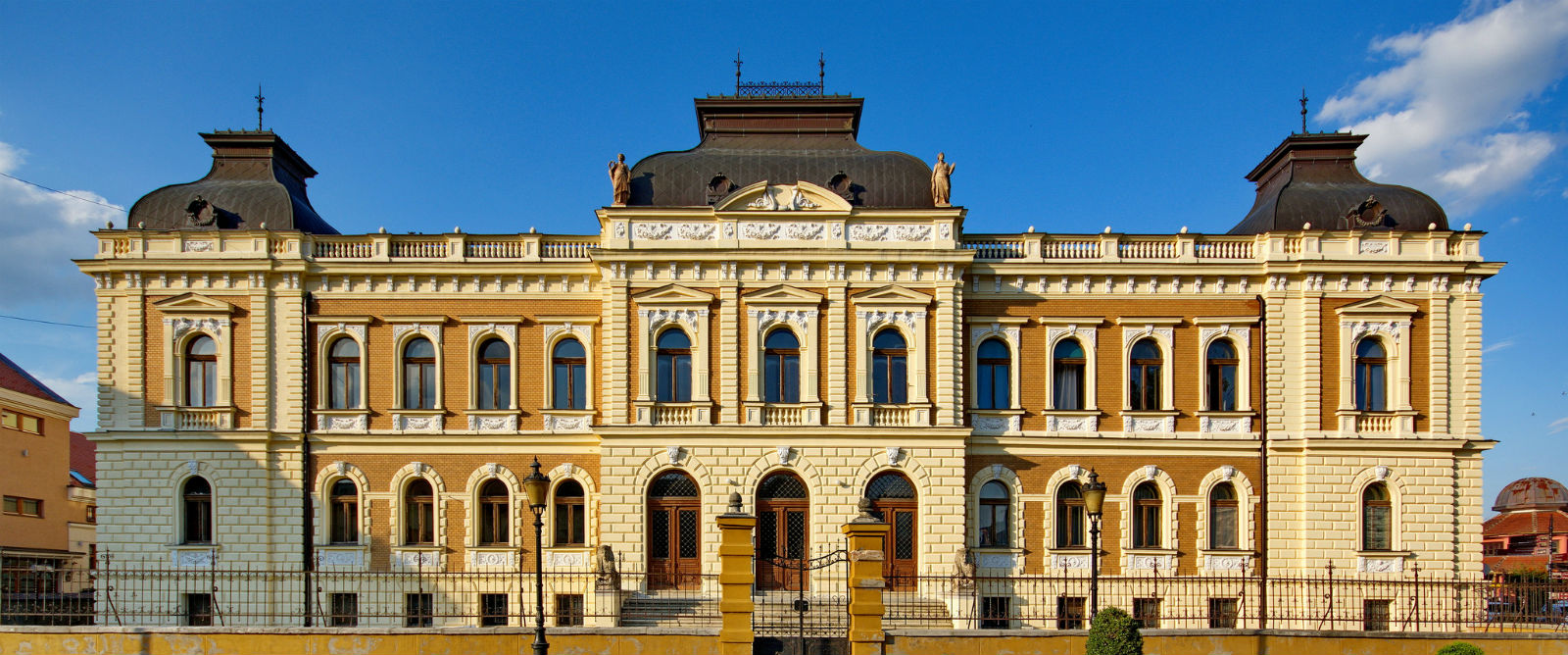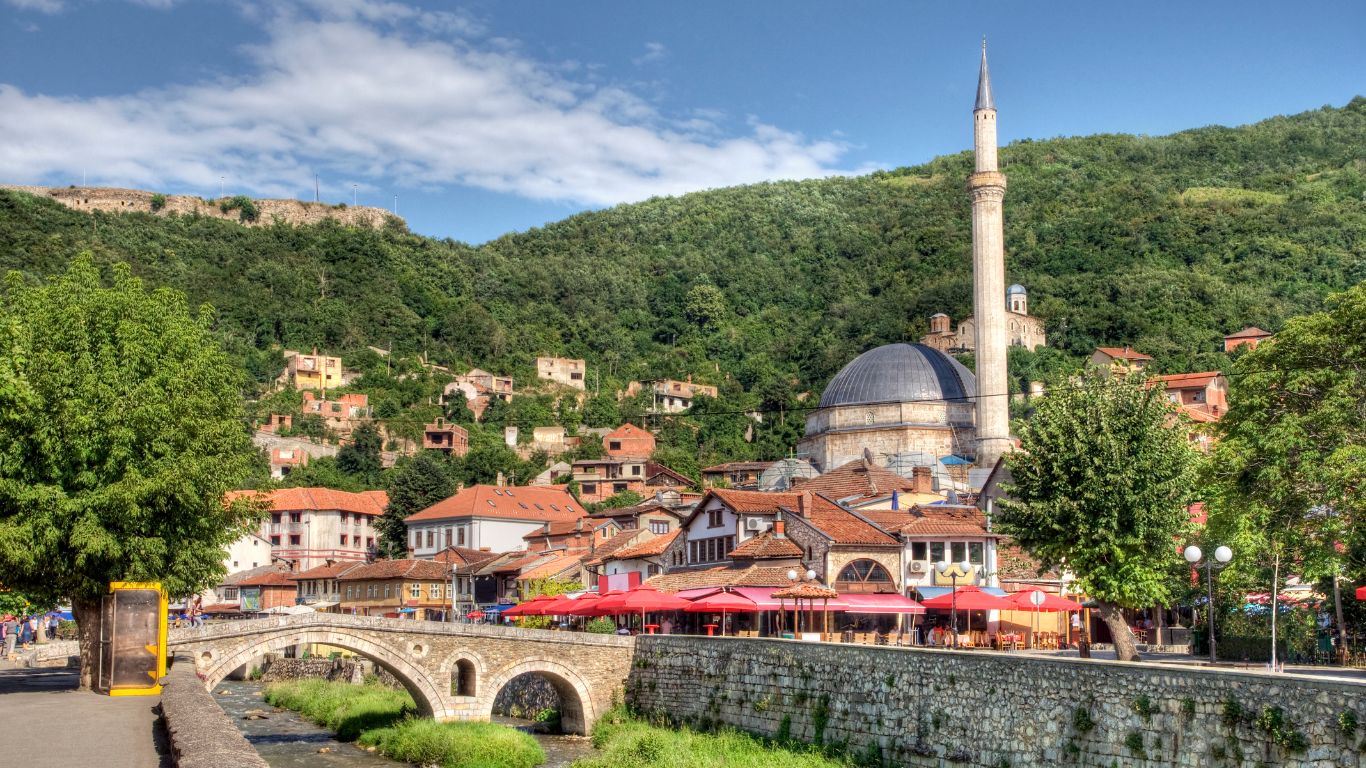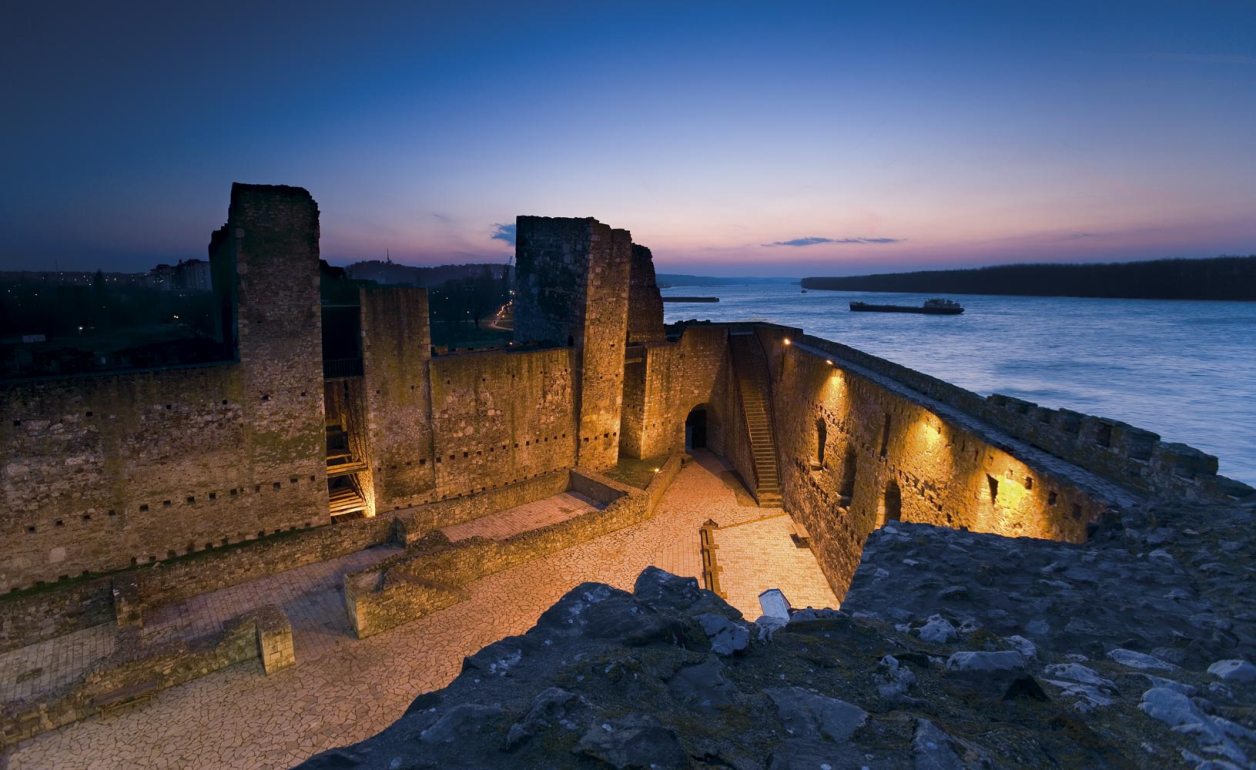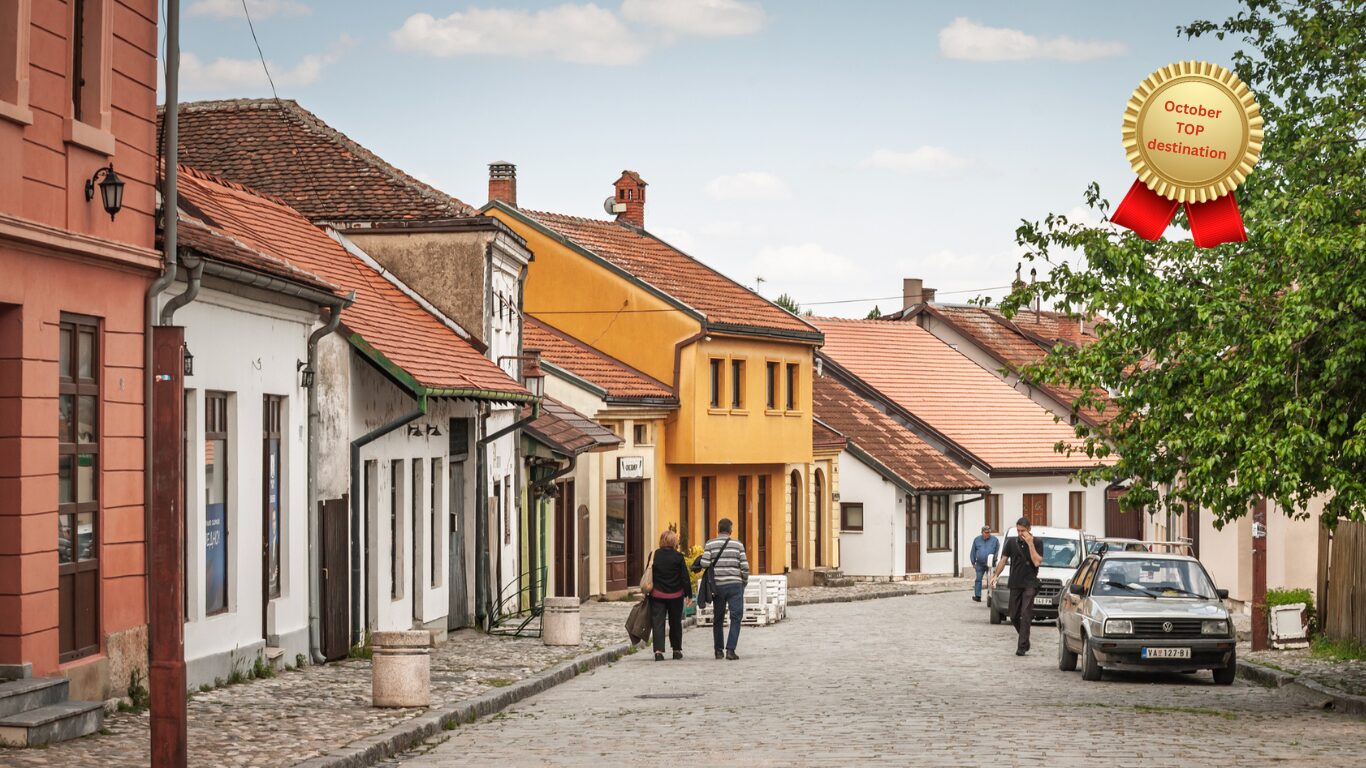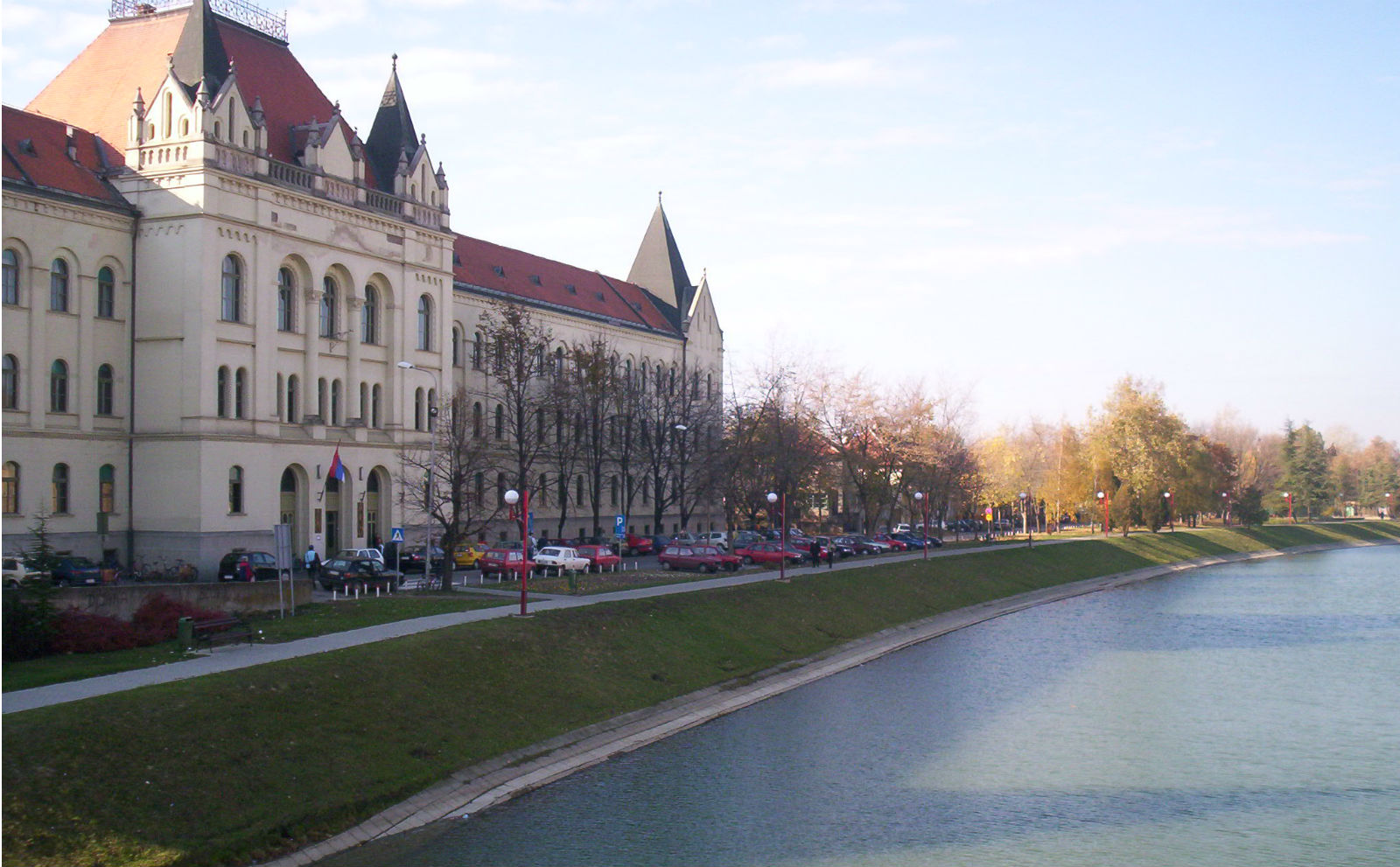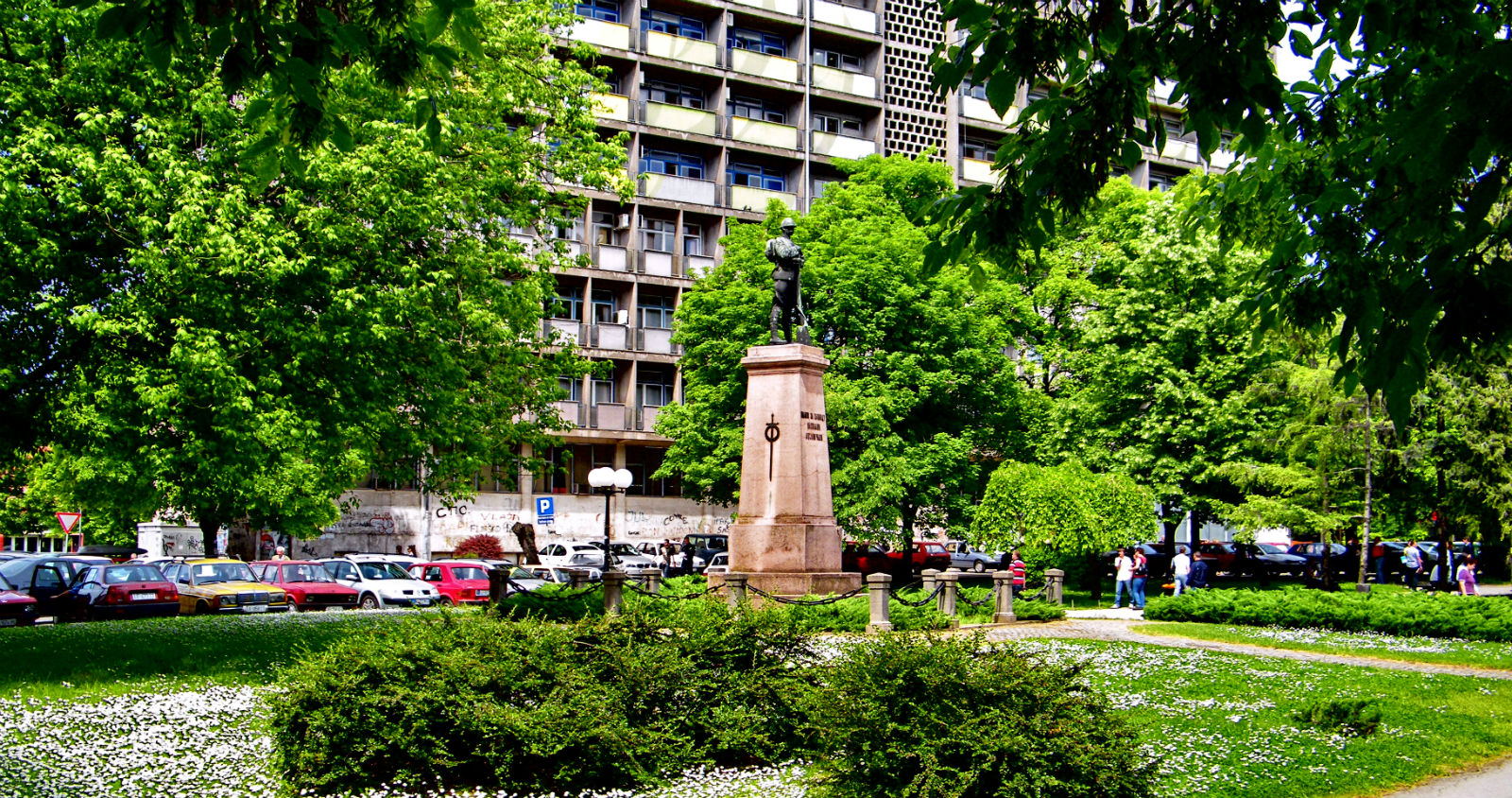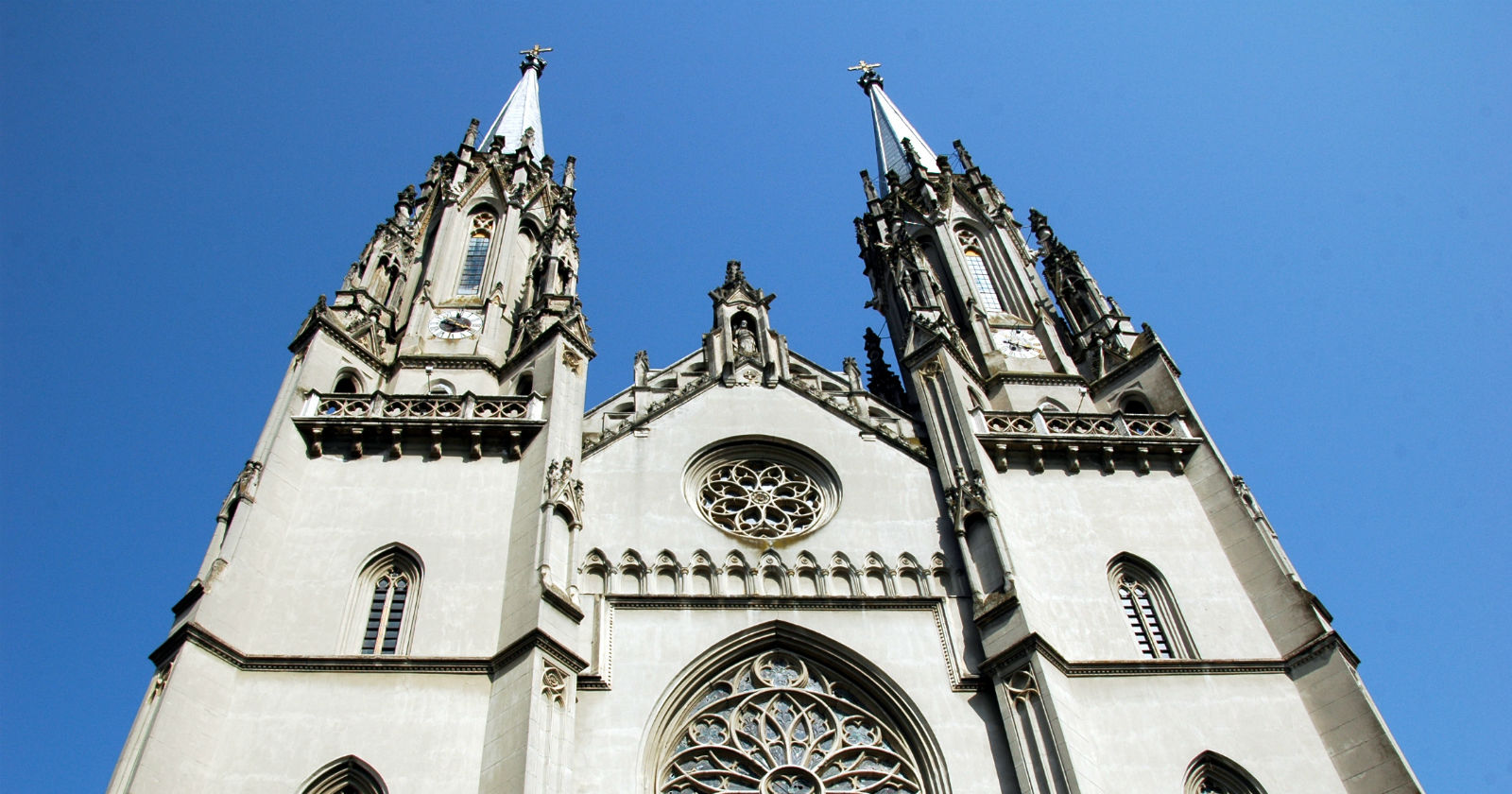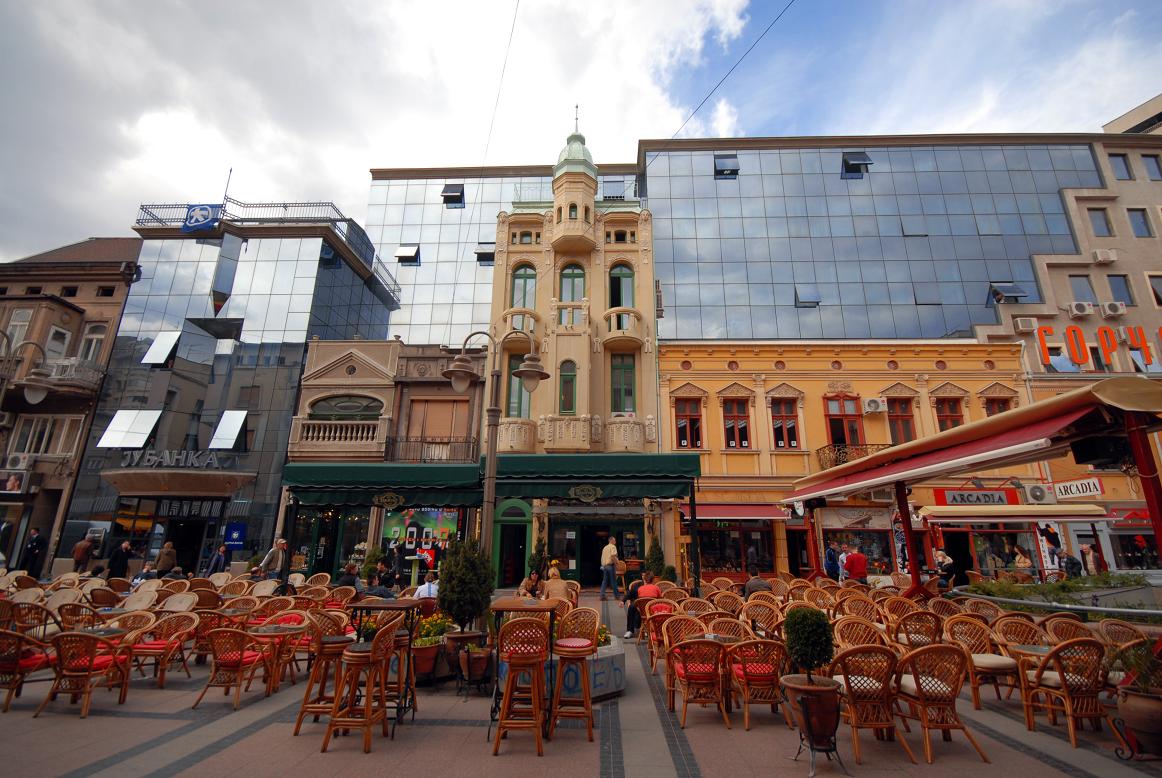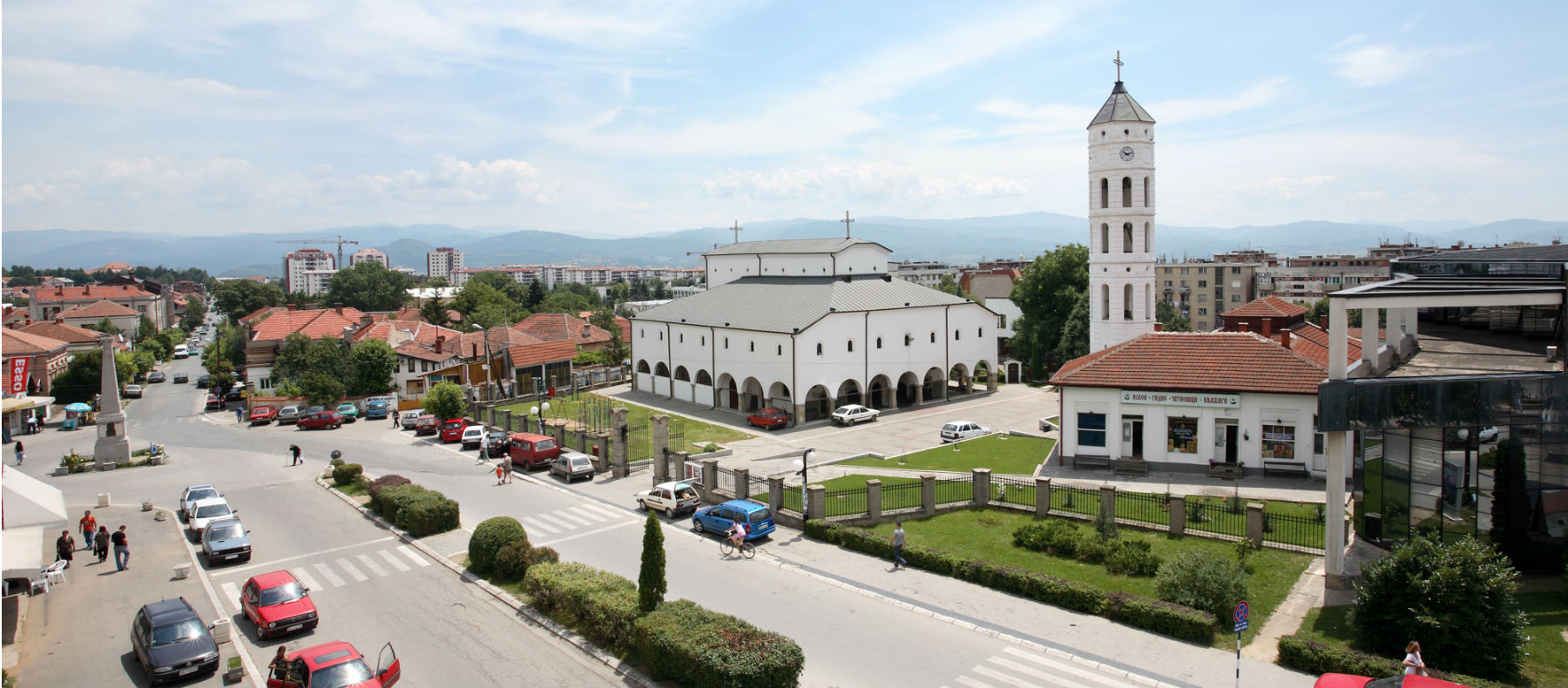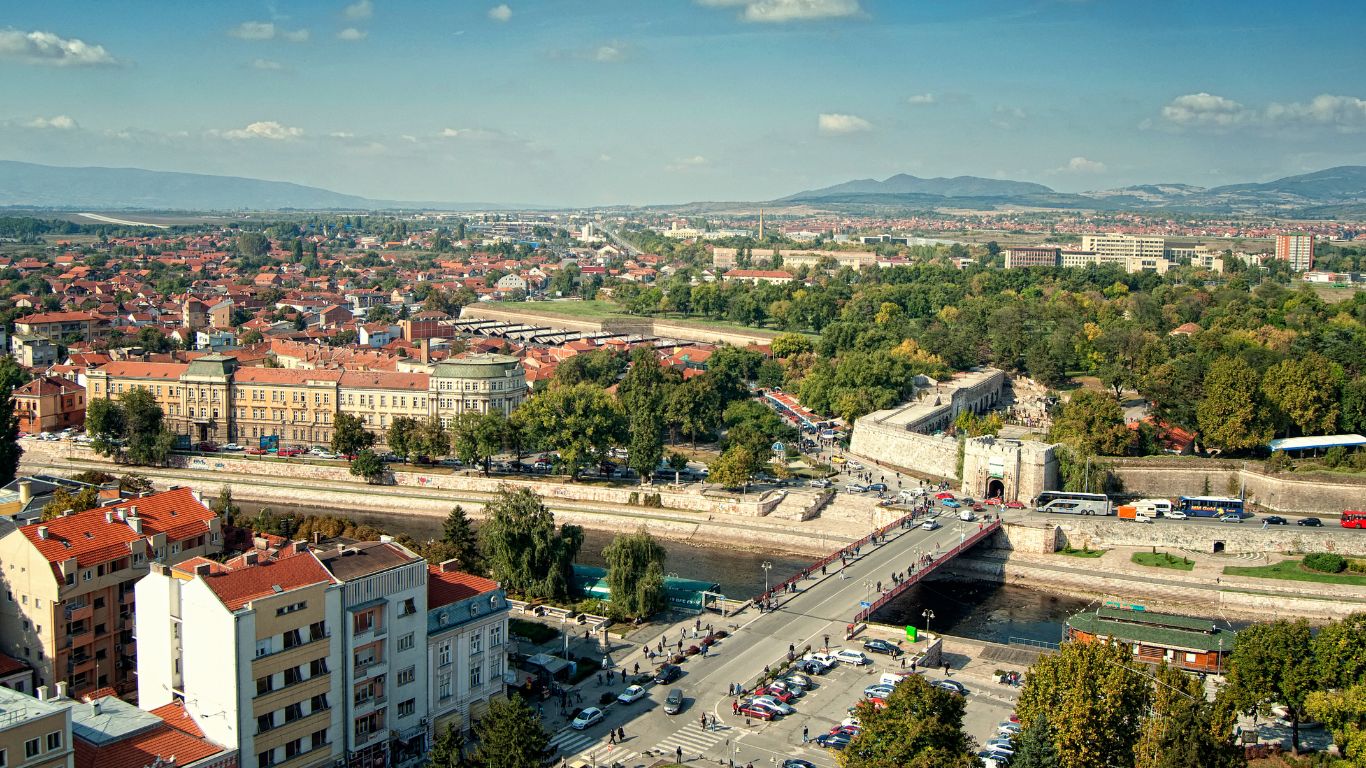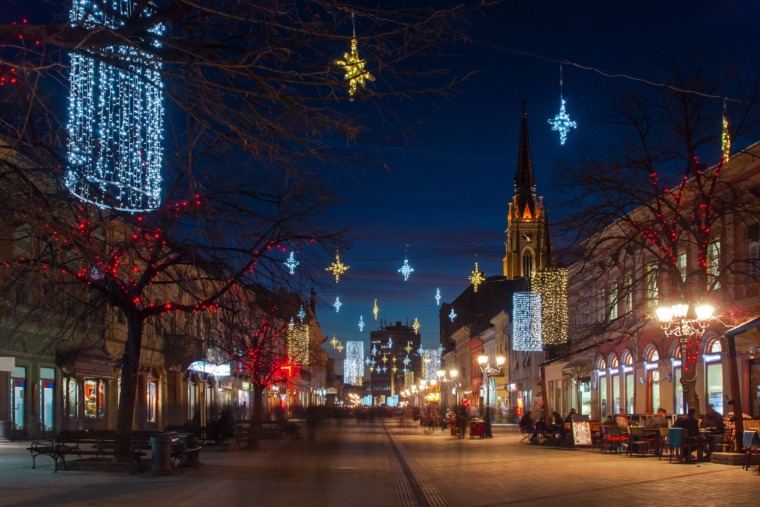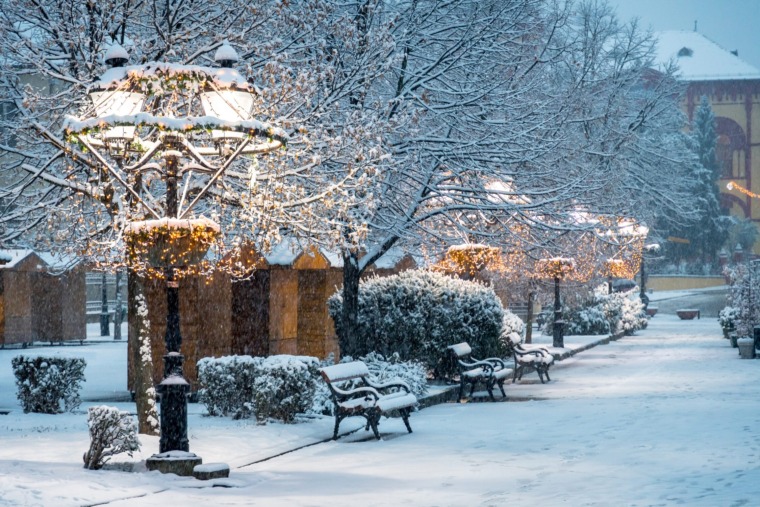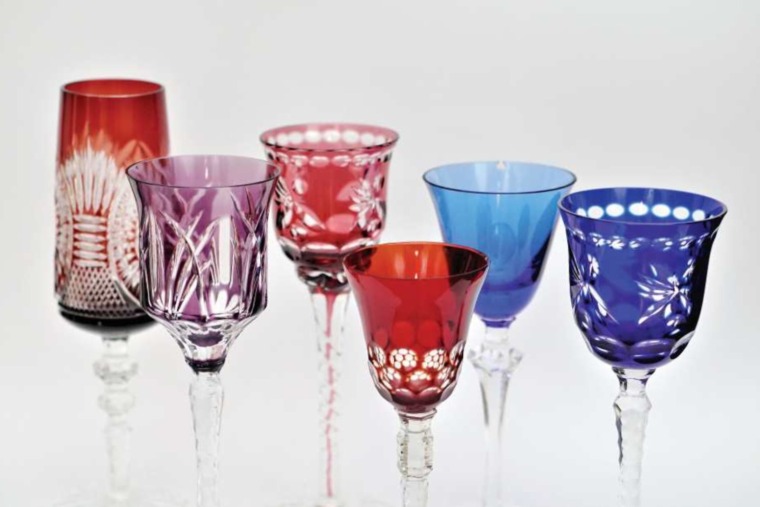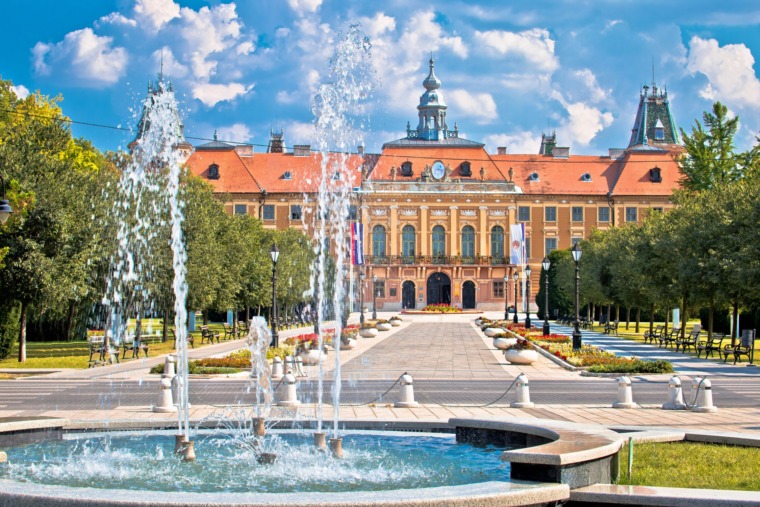Located around 100 km south of Belgrade, Kragujevac lies in the centre of Šumadija and the Morava (Pomoravlje) region. It is Serbia’s fourth biggest city.
A sure sign that you have arrived in the former capital of Serbia is a newly built cross, which carries an icon of Saint George slaying the dragon.
With the fall of Serbia’s medieval state under Ottoman rule, this “market town” was affirmed as an extremely important settlement. The name Kragujevdža or Karagovindža was first noted in 1476 in Turkish records that are today kept in the government archives in Istanbul. It is believed that the name of the settlement originates from the kraguj bird, which resembles an eagle. These birds of prey have sharpened senses and can be trained for us in hunting.
The year 1818 marked a milestone in the development of the city, when Duke Miloš Obrenović, speaking at the People’s Officers Assembly in Vraćevšnica Monastery, declared Kragujevac the capital of Serbia. The settlement began changing rapidly, with the city becoming urbanised, spreading territorially and growing to become Serbia’s political, cultural, academic, health, military and economic hub. Private houses were erected, as were numerous institutions with folk architecture characteristics, some of which are still standing today. The streets were paved with cobblestone and lit with carbide and kerosene lanterns, while the houses, at Miloš’s behest, were covered with slate tiles instead of thatch. At that time the River Lepenica had three wooden bridges and a stone bridge. With the adoption of “the Regulatory Plan of the City of Kragujevac”, authored by engineer Lula.
In 1841 the seat of the capital was relocated to Belgrade, which resulted in a decline in the population of Kragujevac, with many public officers relocating north for work. However, Kragujevac remained an important political centre hosting all major assemblies. The following verses originate from this period:
“Belgrade, your lauds are in vain, Kragujevac is still your main!”

ROUTE TO MEET THE CITY
The best way to familiarise yourself with Kragujevac is to visit all the city’s important sites, hear some interesting stories from the life of the city and to learn the history of the period of the reign of Duke Miloš. When visiting the old town you will learn how a once typical Ottoman town – with cobbled streets, typical shuttered double doors called ćepenak, saray (in Turkish this means “castle”), and a mosque “on the Belgrade road, 19 days away from ‘Constantinople’,” – became the capital.
The story of Miloš’s wreath often starts from the Old (Court) Church, which was built in 1818 on the site of a former cemetery. As founder of this house of worship, Duke Miloš Obrenović was not frugal – hiring the best craftsmen to construct the church. However, this is still a modest architectural construction because it was forbidden at the time to build a church taller than the mosque then located near the Stone Bridge. The first bell of the chruch’s wooden narthex first tolled in 1929, long after Duke Miloš justified its construction as a need for the people to shelter from the rain.
The Duke’s Palace towered over the stone bridge used by Miloš to visit church. The palace consisted of three parts: a colourful dormitory, the Duke’s Palace and Amidža’s dormitory. The colourful dormitory is actually Duchess Ljubica’s Residence, where she lived with her ladies in waiting and her children Milan and Mihailo. It also housed a court kitchen (odžaklija). Son and heir Milan lived on the first floor of the colourful dormitory, which took its name from the numerous paintings placed there.

DUKE’S SENSE OF ART
The first floor of the Duke’s Palace boasted the duke’s office, complete with engravings, a flag from the Second Serbian Uprising and a painting depicting a life-sized image of the duke. As it is known that the duke was illiterate, it is interesting that it was right here in his court that the first theatrical plays were performed, that he established the first theatre and that the court included the first library, the first drawing school and the first gallery. Apart from theatrics, Miloš was also a great music lover, which was why he founded the Serbian Dukedom Band, led by bandmaster Josif Schlesinger, in 1831.
Of the then court complex, only Amidža’s dormitory has survived. The building is a typical example of the Balkan-Oriental style, built as such because European models were not allowed in the Ottoman Empire. Apart from the house manager and other male servants, Miloš’s personal guards, known as “kavazi”, also lived in the building.
The first primary school was also established during Miloš’s reign, as was as the first high school, in 1833, and the Lyceum (the forerunner of the University of Belgrade) in 1838. In the style of academism, the building of the present-day First High School was erected in 1888, representing the culmination of the country’s 19th century construction.
MEASURE OF SIN – PEAR TREE
Miloš will remain known as the founder of the Serbian judicial office – the country’s first judicial-legal institution, established in 1820. However, it was commonly known that he personally passed most judgements, according to his own will. He would order that convicts be hanged from the infamous pear tree or that sinners be beaten on a bench, which was specially constructed up for that purpose. Nevertheless, established judicial activities resulted in the construction of the Palace of County Administration building, which was built between 1903 and 1907 in a Neo-Renaissance style. The facility was designed by Professor Nikola Nestorović and its massive symmetrical arrangement ensure this building is considered the most representative building in the history of Kragujevac.
The most modern hotel in the Balkans, the Takovo, was erected on the site of the old post office in 1887. It was named after the hamlet where Miloš launched the Second Serbian Uprising against Ottoman rule, on Palm Sunday, 11th April, 1805.
The circle of Miloš’s wreath can be closed with the building of the Military-Technical Institute, which is located on Cannon Makers Square (Trg Topolivaca) and was built in 1926. Constructed in the style of the “School of Fine Arts”, this building represents part of the former arms factory and car factory, which produced 960,000 famous Zastava-750 cars (a version of the Fiat 600 commonly and popularly dubbed the “Fića”), which is Europe’s third best-selling vehicle of all time (after the Volkswagen Beetle and Citroën 2CV).
In addition to the Šumarice Memorial Park, which is certainly worth a visit, and the city’s museums and galleries, Kragujevac also boasts the country’s first public Aquarium, where you can see fish, amphibians, reptiles and various kinds of invertebrates from all over the world.
For all these reasons and many more that could not be included in this text, Kragujevac, a modern industrial and commercial centre and the home of Serbian statehood and culture, is certainly not only a must-see, but also a place where you should spend more time – in order to get to know it better.
Text: Jasmina Marković Milenković
Photo: Zoran Petrović
Related Articles
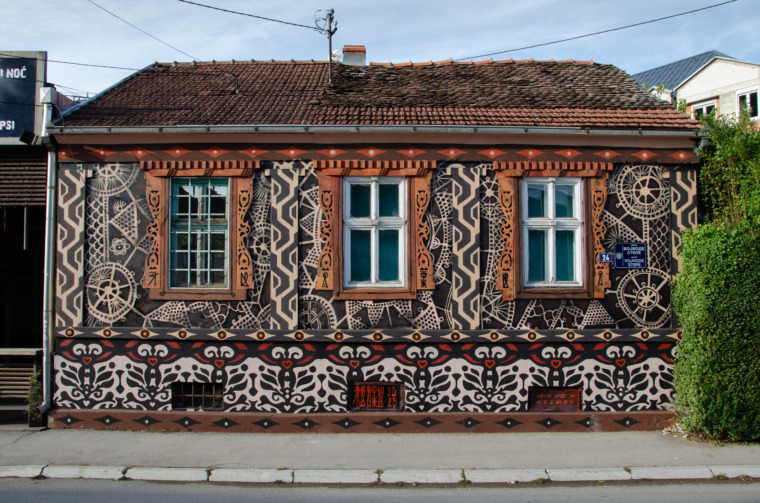
Čačak: Serbia’s Open-Air Gallery of Murals
December 19, 2025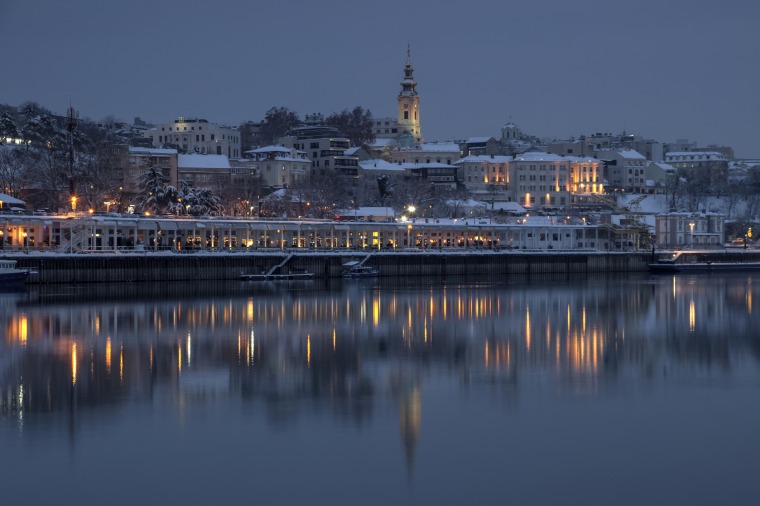
Belgrade in December: A City of Lights, Warmth, and Holiday Magic
December 5, 2025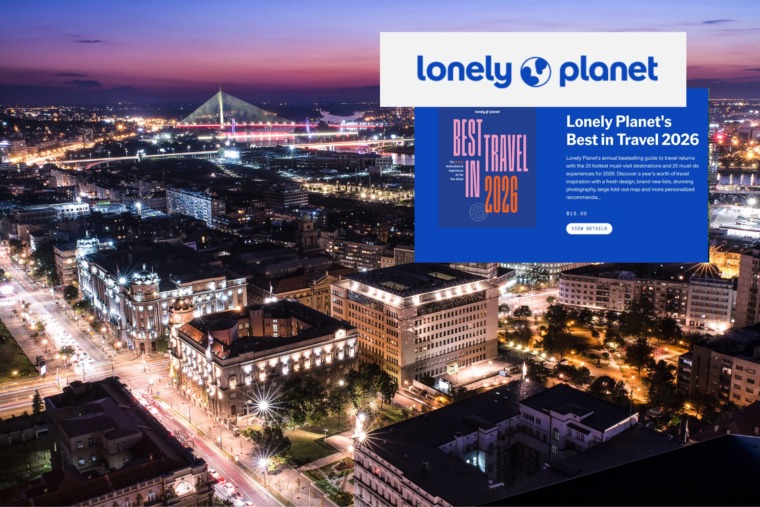
Belgrade Among Lonely Planet’s Top Experiences for 2026
November 14, 2025



